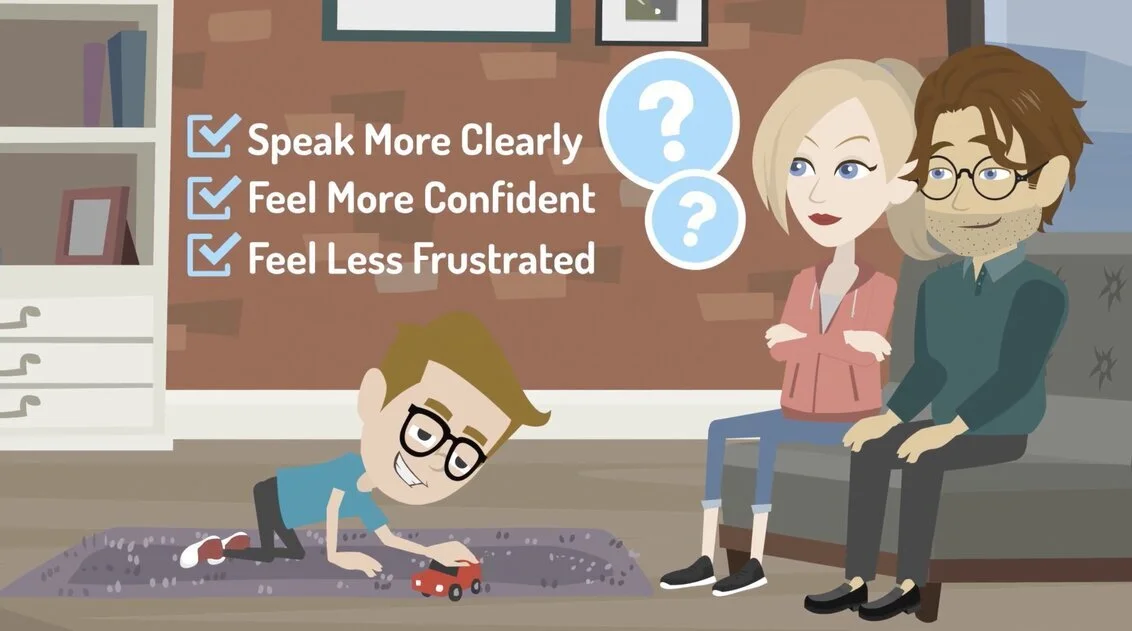Telepractice for Speech & Language Treatment
How Does Online Speech Therapy Work?
What is Telepractice or Online Speech Treatment?
Telepractice (also known as telespeech, online speech therapy, remote speech, or telemedicine speech therapy) is using technology to deliver speech-language evaluations and treatment. All that is needed is a computer or tablet. A completely private and secure video conferencing tool (such as Zoom), is used to connect you with a speech pathologist.
Research shows that the results provided by telepractice are as effective as in-person therapy. The therapy is interactive and each client’s needs can be met individually.
Who Can be Treated Using Remote Speech Therapy?
Adults and children of all ages can use speech telepractice. A wide range of disorders can be addressed by using telepractice. They include, but are not limited to:
Other programs that are delivered using video conferencing are the Lee Silverman Voice Treatment program (LSVT), Communication Coaching, and Accent Modification.
What are the Benefits of Online Speech Therapy?
By using telepractice, speech-language pathologists can reach individuals in rural areas, those who do not have transportation or those who are looking for a more flexible schedule.
Online speech therapy is provided in the client’s natural environment, thereby helping with the generalization of skills learned in therapy. The method can also carryover of skills learned in treatment more functional by including family/caregivers and the client’s real-life situations. Meeting online saves costs on traveling to appointments.
Therapy programs are high-quality, individualized, and tailored to meet clients' needs. Treatment materials are highly personalized and interactive.
All forms are web-based and completed and signed electronically. Our platform is HIPAA-compliant.
If you have any questions or would like to book an appointment, please contact us!
About the Author
Allison Geller is a communication coach, speech-language pathologist, and founder of Connected Speech Pathology, an international online practice providing professional communication coaching and speech therapy for children, teens, and adults. With more than two decades of experience, she has worked in medical and educational settings, published research on aphasia, and leads a team of specialists helping clients improve skills in public speaking, vocal presence, accent clarity, articulation, language, fluency, and interpersonal communication.


